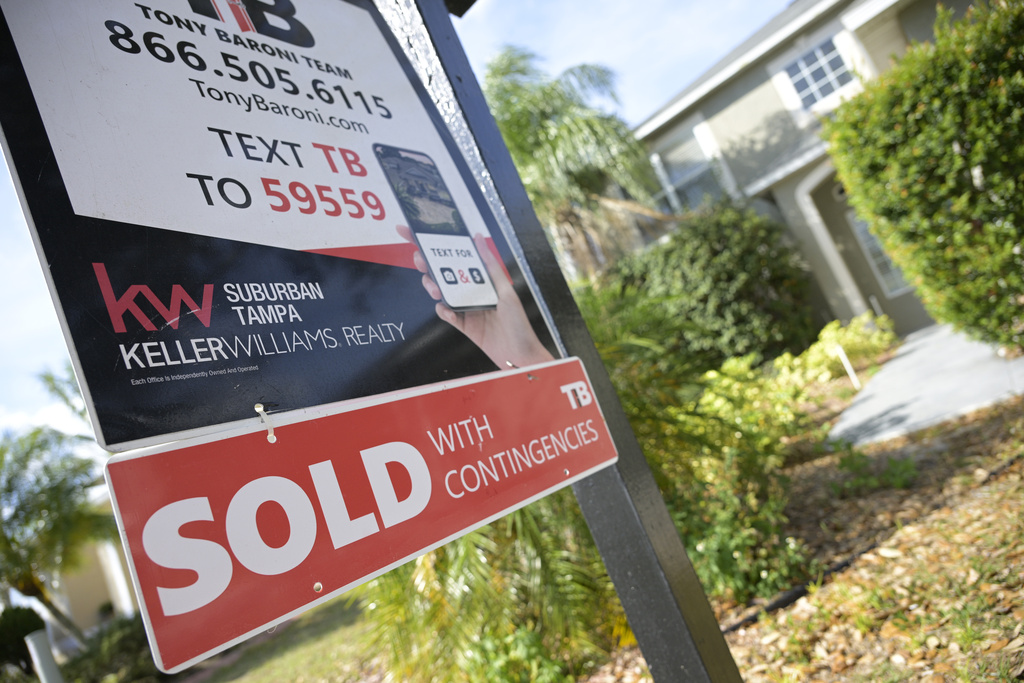Sales of previously occupied U.S. homes surged in February to the fastest pace in six months as homebuyers seized on a modest drop in mortgage rates and a slight pullback in prices, but the first annual drop since 2012.
Existing home sales jumped 14.5% last month from January to a seasonally adjusted annual rate of 4.58 million, the National Association of Realtors said Tuesday. That’s the strongest sales pace since September and it’s higher than the 4.2 million economists were expecting, according to FactSet.
The surge in sales — the biggest on records going back to 1999 — ended a 12-month slide that knocked the nation’s housing market into its deepest slump in nearly a decade and left sales in January at the slowest pace in more than a dozen years.
Still, sales sank 22.6% last month from February last year, a sign many would-be homebuyers remain priced out of the market following years of price increases and sharply higher mortgage rates than a year ago.
The average long-term rate on a 30-year mortgage reached a two-decade high of 7.08% in the fall. Rates eased in December and January, and slipped just above 6% in early February.
“Conscious of changing mortgage rates, homebuyers are taking advantage of any rate declines,” said Lawrence Yun, the NAR’s chief economist. “Moreover, we’re seeing stronger sales gains in areas where home prices are decreasing and the local economies are adding jobs.”
The national median home price slipped 0.2% from February last year to $363,000, marking the first annual decline in 13 years, the NAR said.
The slight dip is a good sign for buyers as the spring homebuying season ramps up, though affordability remains a formidable hurdle after years of soaring prices. The median U.S. home price is still up roughly 42% since 2019.
Elevated mortgage rates, which can add hundreds of a dollars a month in costs for homebuyers, on top of already high home prices, have kept many would-be buyers on the sidelines.
The average rate on a 30-year home loan slipped to 6.60% last week, according to mortgage buyer Freddie Mac. A year ago, the rate averaged 4.16%.
Stronger-than-expected reports on the economy this year have fueled expectations that the Federal Reserve may have to keep pushing up its key borrowing rate to tame inflation as soon as Wednesday, when the central bank is due to wrap up its latest policy meeting.
Investor expectations for future inflation, global demand for U.S. Treasurys and what the Fed does with interest rates can influence mortgage rates. Many economists expect at least three more increases before the end of the year, though some have dialed those expectations back due to the recently developing banking crisis.
Homebuyers benefited from a wider selection of homes on the market in February than a year ago. The inventory of homes on the market was unchanged from January but rose 15.3% from February last year. Some 980,000 homes were on the market by the end of the month. That amounts to a 2.6-month supply at the current sales pace. In a more balanced market between buyers and sellers, there is a 5- to 6-month supply.
(AP)











